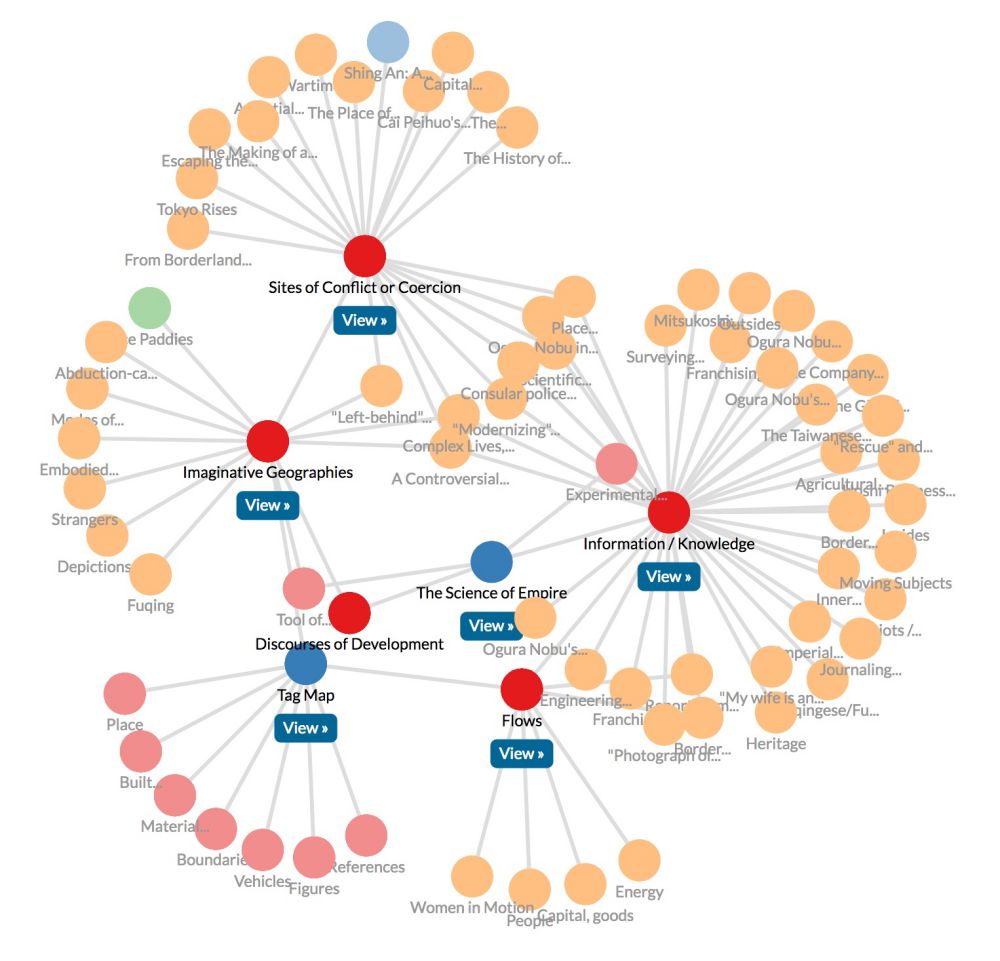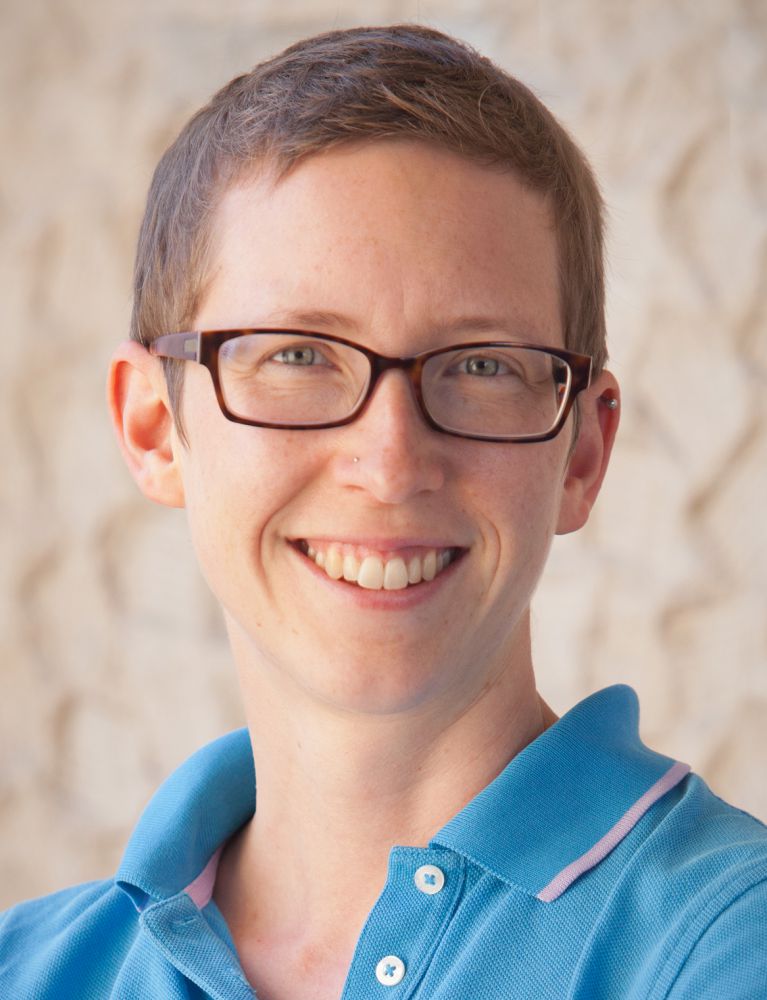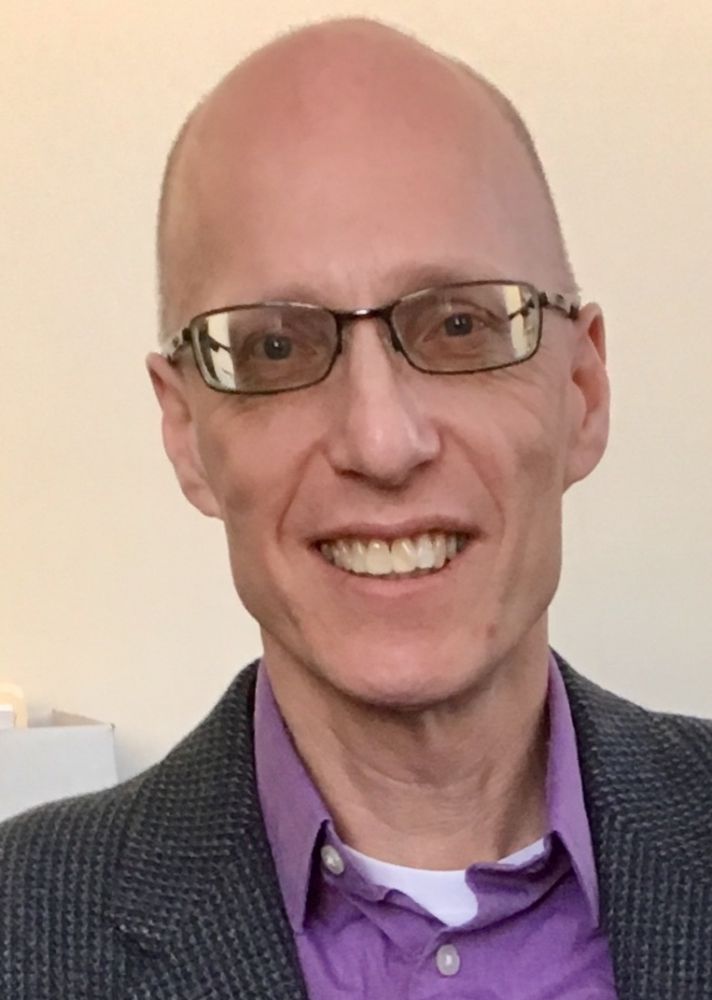
The Future of History


When Kate McDonald and her collaborator, David Ambaras, developed Bodies and Structures: Deep-Mapping Modern East Asian History, they weren’t trying to reinvent the way history is presented online. But the innovative website, with its discrete “modules” of data and conceptual maps that reveal connections between modules, has the potential to do just that.
And now, thanks to a $100,000 Digital Humanities Advancement Grant from the National Endowment for the Humanities’ Office of Digital Humanities, McDonald, a UC Santa Barbara associate professor of history, and Ambaras, a professor of history at North Carolina State University, will be able to make the website even more dynamic, collaborative and accessible.
As McDonald notes, Bodies and Structures was developed using Scalar, which was designed as an open-source platform for media-rich, born-digital scholarly publishing. As it turned out, the subject of Bodies and Structures — the spatial history of modern East Asia — was a perfect fit for the platform’s unique story-telling capacities.
“Spatial history,” she explained, “is thinking about how ideas of space shape how people act and think of themselves, how in different historical eras there have been different sorts of spatial common senses.”
As an example, McDonald said, people in the modern era think it makes sense that we’re organized into national units with fixed boundaries. But that would have made no sense to somebody in 15th-century Japan.
“And so we have these ways of being in the world that are very spatially informed, and this changes over time,” she explained. “Spatial history analyzes those ways of being over time.”
Bodies and Structures 1.0, which debuted in January 2019, was McDonald and Ambaras’s solution to presenting and sharing the work of spatial historians like themselves. Much of history is presented in terms of cartographic maps that delineate borders. The Scalar platform, on the other hand, allowed them to transcend the boundaries of conventional history by juxtaposing individual stories and spatial histories that would not traditionally be told together, and by linking these histories together conceptually as well as chronologically and geographically.
Central to Bodies and Structures 1.0 are the seven individually authored “modules” that analyze primary sources and tell the stories of spatial history in modern East Asian history. Combined with conceptual maps and visualizations, the platform gives researchers, teachers, students and the curious — there are currently 29,000 users — a feature-rich experience.
“People are using it in classrooms, but it’s also being used by people who are interested in spatial history more broadly,” McDonald said. What’s more, “For a lot of people it’s not so much about the historical content, it’s about the model that we’ve built for doing this collaborative research that’s both an ongoing conversation and something that people can read and assign in their classroom.”
The NEH grant will allow McDonald and Ambaras to create Bodies and Structures 2.0. The new version will feature 10 additional modules, along with new conceptual maps and visualizations. Version 2.0 will also greatly expand the site’s geohistorical range.
The bulk of the grant, however, will be used to improve the user experience. Version 1.0 offers users different ways of putting modules and pages in relation with each other, McDonald noted. One drawback: “It’s hard to keep track of where you’ve been,” she said. “Once you get off the linear paths to explore the concepts, there are no breadcrumbs so you can go back and say, ‘Oh, this is how I got here.” Version 2.0 fixes that.
In addition, the upgraded platform will allow users to customize searches to create their own itineraries through the site and to visualize the site’s contents in ways that McDonald and Ambaras did not anticipate. “For example, you’ll be able to pull together all of the pages that have to do with commercial networks in the 20th century even though we, as editors, did not envision the need for such a collection when we published the site,” she explained.
Bodies and Structures is a unique tool, and Version 2.0 promises to make the experience even richer, McDonald said.
“I am looking forward to seeing how Bodies and Structures changes the conversation about spatial history in East Asia with the addition of so many new modules from different historical perspectives and historical expertise,” she said.
“I’m really excited to see these new tools come out. I’m excited to see how people use them, and to turn it over to the rest of the researchers in our field and see what new lenses and workspaces they put together,” McDonald continued. “And I’m really interested to see if this model that we’ve put together for digital scholarship in the humanities — a project that is both single author and collaborative — inspires new approaches to spatial history in other contexts.”



